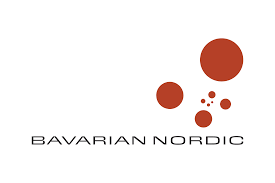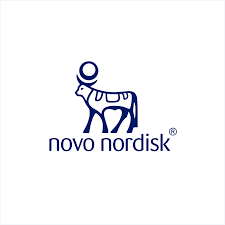If you’ve ever been to a local bar or cafe in Italy, one of the first things you might have noticed is how much Italians communicate with their hands.
And while Danes are of course capable of learning the Italian language from a grammatical standpoint, it has always been contended that they are unable to learn the hand gesticulation that characterises the Italian language.
Well, a new PhD project has found that it is indeed possible.
Mother’s milk irrelevant
“My data shows that Danish students who were part of the research had reached such a high linguistic level that they had actually begun thinking in other linguistic patterns than those they got through their mother’s milk,” said Bjørn Wessel-Tolvig, a linguistics researcher at the University of Copenhagen.
“They simply began to express their opinions in speech using gestures as a typical Italian would.”
Changing cognitive patterns
In his PhD project ‘Getting a Grip on Speech and Gesture in Second Language Acquisition’, Wessel-Tolvig discovered that Danes can in fact learn to gesticulate the Italian way by changing the cognitive patterns that characterise Danish speakers to allow them “to think in Italian”.
In the case of Italians, such a change would manifest itself in speech and gesticulation, and linguistics researchers have long debated whether it is even possible – detractors contending that the cognitive processes are too deeply ingrained to be altered.
READ MORE: Denmark second best non-native English speakers in the world
Impact on future teaching?
It sounds difficult, and it is. Wessel-Tolvig maintains that despite being able to speak a language almost grammatically perfect, the person will often try to express meaning in the same way they would in their own mother tongue – and even excellent Danish students of Italian will often “translate” Danish language patterns into Italian.
That’s largely due to the fact that an Italian will typically produce two gesticulations every time a Dane produces one.
Truly multi-dimensional
“It has to be said that most of the Danish students have stayed in Italy for shorter or longer periods of time in connection with their studies, so they’ve had an opportunity to encounter Italian on a daily basis,” said Wessel-Tolvig.
“It’s feasibly unlikely to acquire such a linguistic level by only reading grammar books. But it doesn’t change the surprising and uplifting fact that they are capable of thinking in other linguistic patterns.”
Wessel-Tolvig hopes his research will help raise awareness that language is multi-dimensional and that students should perhaps not just be evaluated on their verbal prowess in the future.
See below for some Italian gesture tips.















